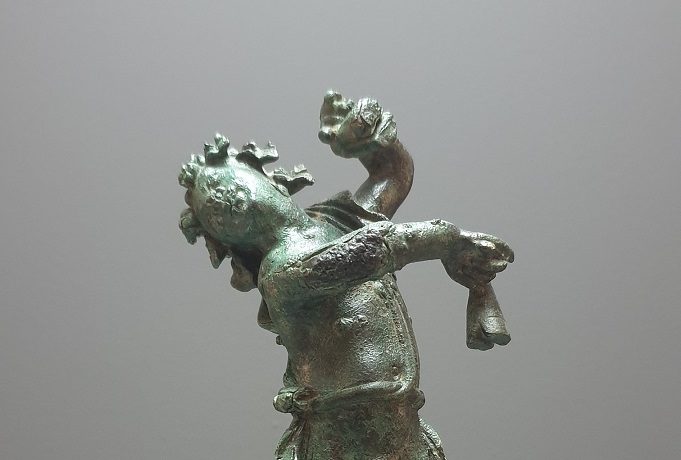Ancient artifacts discovered on the western Greek island of Lefkada will be housed in a new local museum, the Culture Ministry has announced.
A 3.800 square meter island parcel has just been made available to the Ministry of Culture and Sports for this purpose by the Greek Ministry of Finance. The modern town of Lefkada will have a new museum constructed next to the harbor. A library and archives room, exhibition halls for both long-term and short-term displays, storage facilities, conservation labs, multimedia classrooms, and teaching sections are all part of the newly authorized construction plans for the new structure.
Currently, visitors can view the items discovered on the island at the Archaeological Museum, which opened in 1999 and is housed in a separate neoclassical structure that is a part of the Cultural Center of the municipality of Lefkada.
As for the ancient artifacts found on the island of Lefkada, they date back to the Middle Neolithic period until 1864, when the Ionian island was included in the newly established Greek state.
The ancient town was founded in the 7th century BC, to the south of the modern capital of the island. Lefkada reportedly joined the Greek cities of the Peloponnesian League during the Peloponnesian War, according to ancient sources. The Peloponnesian War was a series of battles between the Peloponnesian League and the Athenian Empire.
The local Ephorate of Antiquities reports that the current Archaeological Museum is divided into four rooms with themed exhibitions. The first one contains common items that were discovered during excavations at the ancient Agora, the harbor, as well as historic city residences and cottages.
According to the Greek Reporter, also the gods and goddesses who were revered on the island in the past are honored in the second room. The sculptures and votive items seen in this area come from a variety of rural, urban, and private shrines and sanctuaries, including the numerous holy caves found all throughout Lefkada.
The third room houses archaeological artifacts relating to burial practices, as well as items discovered on neighboring tiny islands in the Ionian Sea.
The fourth and last chamber of the museum features an exhibition of prehistoric objects unearthed by German archaeologist Wilhelm Dörpfeld, who made some of the first significant archaeological finds on Lefkada in the late 19th and early 20th century. Wilhelm Dörpfeld was a German architect and archaeologist who pioneered stratigraphic excavations and precise graphical documentation of archaeological projects. He is famous for his work on Bronze Age settlements around the Mediterranean.
Cover Photo: Copper statuette of a dancing Satyr. Satyrs are creatures from ancient Greek mythology, depicted as half goat and half human. Greek Ministry of Culture And Sports
